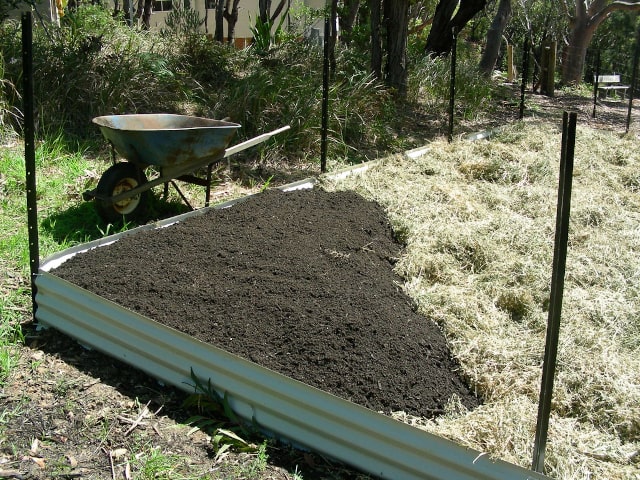
Soil is very important for plants. It is the lifeline to supply plants with water and nutrients and it also gives plants an anchor to support themselves and to grow their roots. In order to choose the best soil for your plants it's necessary to familiarize yourself with different plant types.
Here are some most popular types of soil:
Sand
Sand is a soil type made of relatively large rock particles that fit loosely together. Sand soils get warm faster in the spring and they drain quickly during wet periods. They don't hold water well during drought. Another downside is that they lose nutrients more quickly than the other types of soil.
Silt
These soils are made from medium-sized particles. They can shed excess water, but not as quickly as sand soils. Silty soils often feel slick to the touch when they are wet.
Clay
Clay soils are made of small particles that fit tightly together. These soils can hold water and nutrients during drought and they stay wet longer during wet periods. These soils are susceptible to winter heaving (moving around) during periods of freezing. This can expose and harm roots of perennial plants.
Organic Soils
Organic matter is a good material for soils because it can eliminate some of the disvantages of sandy and clay soils. Common organic materials include compost, shredded leaves and decomposed manure. They can all hold moisture when the soil is dry but will allow the soil to shed excess water. They can also reduce soil compaction, which allows plant roots to easily spread.
Loam
These soils are rich in organic matter. They are better than sandy and clay soils when it comes to regulating water. In addition to this, loamy soils encourage beneficial microorganisms such as mycorrhizal fungi. These microorganisms help plants to absorb nutrients and to resist disease.
Hardpan
Hardpan is a layer of soil so compact that plant roots can't grow through it. In some extreme cases water won't permeate through hardpan. This type of soil is typically created when sand is mixed with clay. Unless there is a high percentage of sand the smaller clay particles cling to the larger sand particles and eliminate the space between the particles so the water can't move through. This type of soil can also be created by compaction, especially if heavy equipment is used.
Acidic Soil
Acidic soils have a low pH, lower than 7.0 on a scale of 0 to 14. It's important to know that the pH of the soil determines, in part, what nutrients plants can take from the soil. Iron can be readily absorbed in acidic soils but molybdenum is absorbed with difficulty. Some of the elements that can contribute to soil's acidity are sulfur and aluminum. Some plants are well adapted to acidic soils, such as blueberries and rhododendrons. They actually require acidic soil to thrive.
Alkaline Soils
Unlike acidic soils, alkaline soils have a high pH, higher than 7.0 on a scale of 0 to 14. Alkaline soils make plants absorb potassium more readily but also make plants have a problem absorbing manganese. Wood ashes and lime can increase a soil's alkalinity. Some plants are well adjusted to alkaline soils and require this type of soils to thrive. One example of plants that love alkaline soils are some dianthus. However, most garden plants prefer either neutral or slightly acidic soils.
Mulch
Mulch is not really a soil type but it relates closely to the soil. Mulch (for example, compost, shredded leaves or shredded bark) prevents soil erosion and it hold moisture. Also, mulch reduces drastic temperature changes during summer and winter. Another advantage to mulch is that an organic mulch will break down, which adds organic matter to the soil.
Photo credit: Doug Beckers
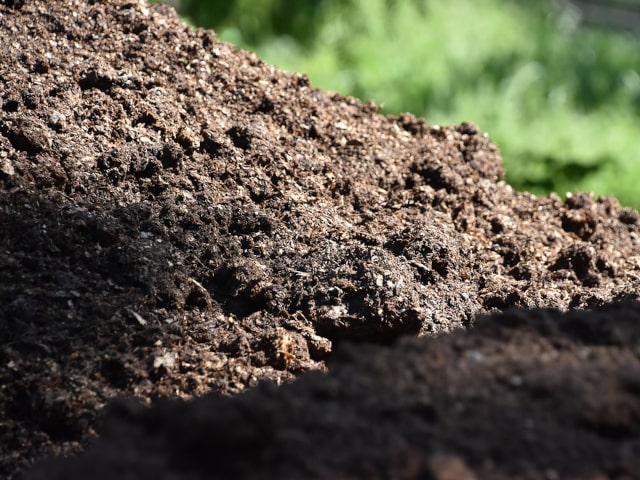
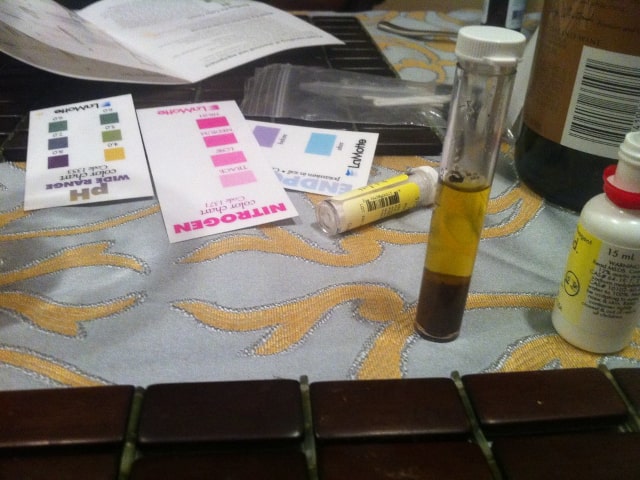
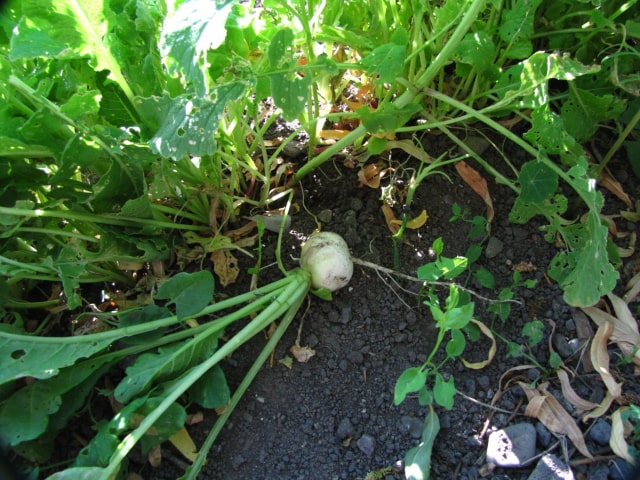
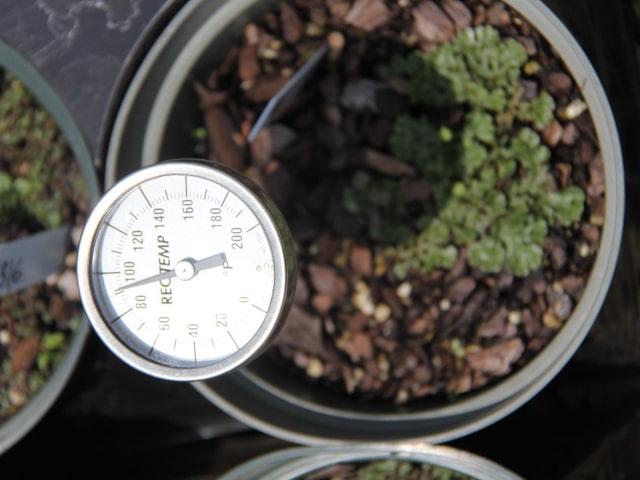
0 Comments